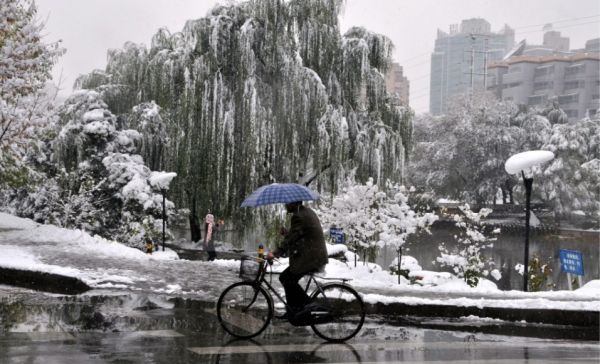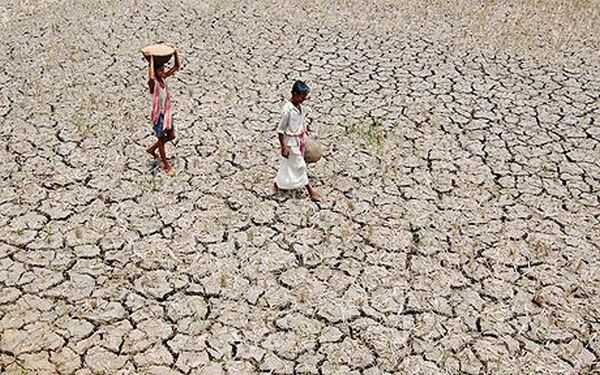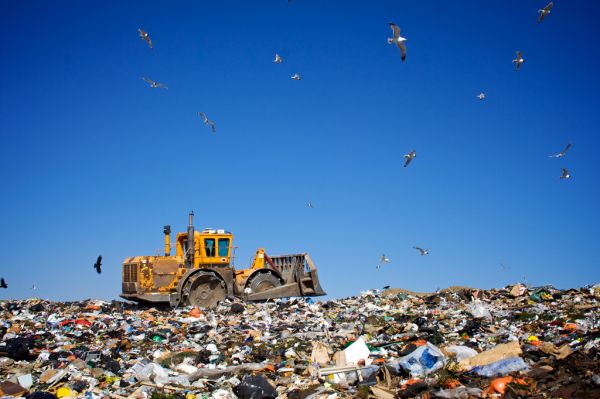
For a long time, people are dependent upon the fossil fuels like coal, petroleum, natural gases for their energy requirements. Combustion of these fossil fuels for energy production has brought severe climatic unsteadiness as the level of CO2, SO2, NOx, volatile compounds and particulate matter has been increased highly in the environment. This climatic imbalance has resulted into global warming and other correlated problems like melting of Arctic and Antarctic glaciers, rising of sea level, changing of different ecosystems.
Another major drawback of climate warming is that the droughts condition in parched regions and the situation of flooding in temperate regions are generating due to unbalanced rain distribution. Global production of crops is highly affected leading a number of people at the risk of hunger due to unequal rain falling. This deteriorating condition of climatic rain falling has attracted the attention of scientists toward âCloud Seedingâ.
âCloud seedingâ, or deliberate weather modification, is an induction technique of forced causing a group of clouds to facilitate for raining. China is having the largest cloud seeding systems in the world to regenerate the arid regions, including Beijing, by increasing the quantity of rain precipitation. India is also in queue of the countries, which are developing cloud seeding systems to generate artificial rains to make up the monsoon delay as well as to fulfill the water resources in dry regions of the country. In India, as having an agriculture based economy, the stock markets and future of its political parties are traditionally dependent over the rain fall.
The concept
Natural rain falling occurs after the condensation of tiny water particles around a solid particle like dust, salt or sand (often called as nuclei). Cloud seeding or artificial rain falling technique is a method that artificially makes easier availability of the nuclei to the clouds having supercooled water for growing up them into a larger and heavier droplet to fall down. This is usually done by plummeting suitable substances like silver iodide, dry ice or liquefied nitrogen into clouds containing supercooled water in an effort to cause them to dissipate, by altering their structure, or by adjusting the intensity of other correlated phenomena like speed of winds or development of hail. When the nuclei with surrounded water droplets gain a threshold weight, they heavily fall as rain. Induction substances like silver iodide, dry ice, liquid propane or liquefied nitrogen is sprinkled into the cloud through aircrafts, using rockets or by ground generators.
There are generally three methods used for cloud seeding:
a. Static cloud seeding (by dispersing silver iodide over clouds)
b. Dynamic cloud seeding and (by using vertical air currents and releasing the latent heat of cloud particles)
c. Hygroscopic cloud seeding (by dispersing hygroscopic salts particles using flares and explosive)
The advantage
The advantages of cloud seeding are as below:
- The process of cloud seeding is going to be popularize much even in different developing as well as under developed countries as in different studies it has been shown its very little environmental impact. The slight effects of prolonged cloud seeding if happen sometimes, these are not long-lasting.
- Cloud seeding can be helpful in reducing hail damage and protecting the crops production.
- The technique of cloud seeding is a very cost effective option to fight droughts and to solve the drinking water problems.
- Cloud seeding may be effective against desertification in different arid regions of the world as well as to regenerate the deserts and re-establish them.
- To minimize fog by turning it into rain.
The impact

From the study and analysis of different data collected by Weather Modification Association, American Meteorological Society and the World Meteorological Organization, it has been found that nearly from 25 to 50% increase in average rain fall occurred in different regions of the world. In northern China, the snow was viewed after a long time. After a great effort of cloud seeding programs, the first snow of the year 2009 was seen in Hebei, a northern area adjacent to Beijing. The snowstorm caused 12 area highways adjacent to Beijing to close in 2009. The U.S. military operation of cloud seeding in North Vietnam, specifically the Ho Chi Minh Trail has come up with the result in an extension of the monsoon period an average of 30 to 45 days. Several countries, including India has invested a large amount of money seeing the success of cloud seeding in developed countries and further trials are in progress.
Impact on environment and health

Many research studies have been carried out to find out the harmful effects of the chemicals used in cloud seeding on human health and environment. In a base line, there were no significant environmental impacts due to very small concentration of seeding chemicals is used. Although silver iodide (structure much similar to an ice crystal) is commonly applied for cloud seeding may be toxic for human and other animals, its typical concentration in rainwater or snow resulted by cloud seeding was found less than 0.1 micrograms per liter. The U.S. Public Health Services has approved this level of silver iodide as it is much below the level at which the harmful effects can start (above 50 micrograms per liter). Another thing to say that iodine level present in water or snow is also very much even the iodine level in common table salt.




